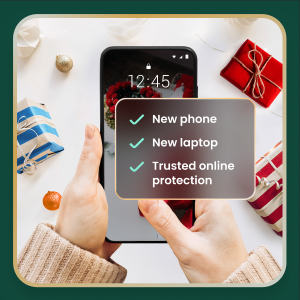
Three new apps mark a new generation of social networking by giving users the ability to live-stream with anyone, anytime, anywhere in the world.
So exactly what is live-streaming? It’s simply using your smartphone to transmit video to countless other people in real time. Periscope, Meerkat, and YouNow are three live-streaming apps that allow live-streaming on platforms with built-in user communities.
All three are slowly but surely catching on with teens.
This new technology is just about the coolest thing since the smartphone. But (you guessed it) it poses some blatantly clear dangers for tweens and teens. Dangers that you as a parent can’t afford to ignore.

Currently, the buzz around these apps is about privacy. You may have heard about the Periscope controversy during the Vegas boxing match when event ticket holders began broadcasting live from ringside and violating all kinds of copyright laws.
The live-streaming discussion for families goes far deeper. We’ve learned the hard way that what’s fun online for kids often turns out to be risky in terms of personal privacy and safety.
I spent a few hours exploring each of these apps. The technology blew my mind. This is stuff I could only imagine would be possible someday when I was a kid. But after a few minutes on each app, the technology wow vanished and my jaw dropped.

Obvious dangers abound.
There are tweens and teens video streaming themselves for short burst of time or even hours. What are they doing? Not much, just hanging out. They are answering questions posed by random users who click their live profile (the goal is to get favorites and fans, of course so that a broadcasting user can rise in the ranks or trend.) Some kids are singing, others are dancing, and some are showing off their physiques. Some are chatting without restraint, sharing secrets with strangers. Others are actually sleeping while dozens of people watch. Some kids are carrying their phones with them everywhere and live-streaming from restaurants, shopping malls, the grocery store, and even the dinner table while their parents are clueless. The several dozen teen feeds I browsed through on each app was being used by tweens and teens anywhere from 12-18.
It wasn’t surprising to find several tween and teen girls talking in front of their phones while lying on their beds in a flirtatious way.
Many of the kids were home alone and unsupervised. How do I know? Because random users on the chat asked them if they were home alone, and they confirmed it. They also answered when asked their age, what school they went to and where they lived.
Take a look at the app icons on this page and double check your child’s home screen to make sure they aren’t broadcasting or browsing through the app. Be aware that all are open doors to cyberbullying, exposure to inappropriate content, sexual predators, and the list goes on.
Talking points for families:
- Talk about the positives. Always start with the positives. Converse with your kids about the attraction of live streaming, a few positive ways they’ve seen their friends or others using the apps, and what they think of the commenting feature. Talk about the cool ways the apps could be used with the current technology.
- Discuss potential dangers. Ask your kids what they think are some of the negative things that could happen if they or a friend use the apps. Go through one of the apps together and drop in on a few teen broadcasts (if clean). Ask your child to point out any potential dangers in the kind of content that person is sharing, their surroundings, or the way they are dressed. Look at the comments as well; discuss tone, intent, and kindness. Point out the good as well as the poor or mean behavior.
- Talk about exceptions. If your child has a friend who will be broadcasting from a special event such as a school football game, a birthday, or the prom, using one of the apps on a case-by-case basis might be a possibility.
- Talk about privacy. If you decide to let your teen use live-streaming apps, be sure to have the privacy and copyright discussion. Movies, concerts, sporting events, or any paid event, is owned by someone and shouldn’t be shared. Also, be sure they have the permission of others in the room before broadcasting them, any original art or music they may be sharing, or their location.
These apps are not designed for use by tweens and teens and their usage terms state that. However, plenty of kids are flocking to the apps to see, be seen, get that coveted digital “like,” and connect with peers in a cool, new way. They likely aren’t looking for the shocking content they will eventually find, so take the time to check their home screens and have that critical conversation.
Toni Birdsong is a Family Safety Evangelist to McAfee. You can find her on Twitter @McAfee_Family.














